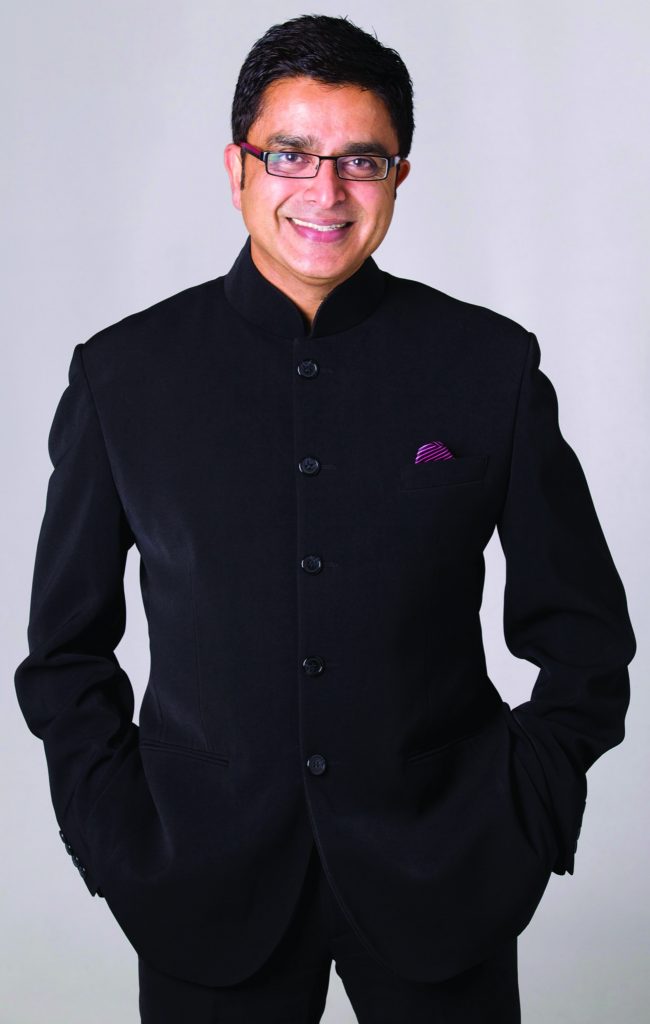Prakash PK Menon writes about the intricacies of company culture and how imposing new cultures is not always the answer
Great companies not only focus on below the line (BTL), but also on the above the line (ATL). BTL is about cost cutting. ATL is usually about the culture and the people within the organisation. Due to the fact that we live in such a short-attention-span environment, what tends to happen is that everyone wants to see results the very next day.
Stakeholders want to see results in 12 months, because thats why they have invested. Its the proverbial instant coffee syndrome. But, by being governed by factors like instant profit, they arent able to really emphasise on the next five years and beyond; and how they can grow their brand and their company into something really magnificent. And why does this happen? They are obviously scared. The fear factor comes into play because theres so much pressure from all the stakeholders.
Companies usually buckle in to this pressure, and are sometimes forced to cheat the system. What happens in the process is disengagement with people. When it comes to transformation, true transformation happens with the people. If you start letting go of your good and capable people, or they may even leave on their own, the culture in your organisation will be formed only around three or four people at the top of the organisation that will be driving it. The rest of the workforce will become simply numbers. And this results in disengagement.
Michael Henderson, a corporate anthropologist, and many others, have gone on to talk about the fact that culture is eight times more powerful than strategy. Strategy is important, but culture is even more important. Culture will have strategy for breakfast, in short. If you actually dont get your culture right, forget the strategy in the first place.
Because you need to think: who is driving the strategy? Plus, you dont only have one culture in an organisation…
Organisations and boardrooms are like a tribe. Basically, what does the CEO mean? C stands for chief, so thats like in a tribe. Executive has to do with strategy, and officer is about the structure. Hence, this culture exists in the boardroom, as well. Then, if you take departments, each one will have its own culture, depending on the people that are driving the teams. Which means multiple cultures; and you need to work out how to bring all these cultures together. It becomes even more challenging when companies go international, to global markets. You cant just impose going to another company, in another country, and say: This is what I did back in Australia, and this is the way Ive done it, so you should do it this way because I think it is a successful model. No, sorry, you have to really understand the culture, because the local religion plays a part, the native language plays a part, and so on.
To understand better the whole idea of taking the culture into account, there is this classic example of the infamous Walmart failure in South Korea. They went in there with a very American model and it didnt work. Just like a number of other international retailers that have also gone to South Korea, they havent been able to make a cultural translation to take their business model and make it work within a South Korean culture.
Introducing the checkout counter in Japan was a failure, as well. The space for the checkout person is very small, as designed after the western model. But in Japan, there is this etiquette of bowing when meeting other people. It doesnt matter who they are, you pay respect to the other person. In this particular case, two senior people came to the checkout counter. The older the other person, the lower you have to bow. So the checkout worker actually banged her head on the counter, because she couldnt go any further down. That became a big issue for Japan regarding this checkout counter model. The morale of the story is that culture is something you cant ignore.
Get the culture right no matter how many types you may have within an organisation. The rest usually falls
into place.

